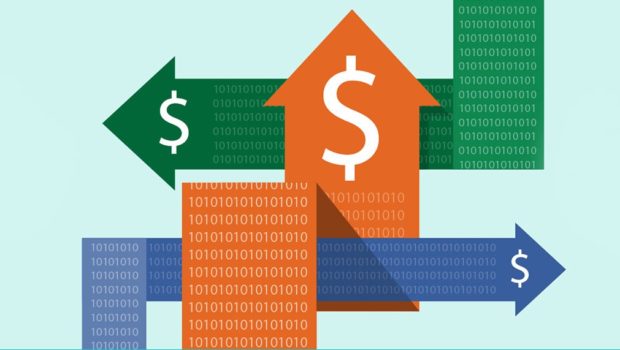Dynamic Pricing: When Should Retailers Bother?
Dynamic pricing is now a widespread practice, even marketplace sellers are using such tools. However, is constant price changes a good thing? Is it a sustainable retail strategy, does it really appeal to customers?
What is Dynamic Pricing
Dynamic Pricing is the strategy of implementing constant price changes throughout the day in response to various market and internal factors. Sophisticated big data software tools analyze market trends, competitor moves, supply/demand, in-store stock, competitor inventory, customer preferences and many other elements to make changes in prices. These changes can be made once in a few days, or multiple times each day.
This practice was initiated by the giant online retailer Amazon in order to assure best prices on the products it sold to customers. Other retailers followed suit, and even sellers on Amazon, EBay and other marketplaces began to adapt the practice.
However, the enthusiasm for this practice seems to be going down a little among retailers, at least according to RSR surveys. While 28% of respondents in 2016 perceived dynamic pricing as a good way to increase margins, by 2017, that percentage fell to 22%. Why?
The Complexities of Dynamic Pricing
Dynamic pricing results in frequent price changes. Unlike personalized prices only visible to the customer getting the offer, dynamic price changes are visible to everyone. This might lead to some complicated scenarios. For instance, the price for an item in the shopping cart of a loyal customer might fall just when the purchase is being processed for payment. Should the online store refund the difference or do nothing and risk losing a good customer? Similar challenges also face brick & mortar retailers.
Dynamic pricing, if rules are not set properly, could also lead to a quick race to the bottom, resulting in unprofitable pricing, A small scale survey also indicated that a majority of customers did not like frequent price changes. So, is dynamic pricing on its way out?
Dynamic pricing is still relevant in the retail industry, but retailers are now learning when and how to use it to best effect.
Special Sales Days
On days like Black Fridays, during the Holidays, there is stiff competition to attract customers. These are days that record huge volumes of sales. Using dynamic pricing tools that make use of pricing psychology to make frequent price changes during these times makes sense, to stay competitive enough to attract more customers. Most retailers monitor Amazon pricing during these periods and adjust their prices accordingly.
Customer Perceptions and Dynamic Pricing
- According to a survey conducted by Forrester Consulting in April 2018, 62% of consumers (across multiple countries) were comfortable with frequent price changes as long as they were not arbitrary and the prices remained within a fair range
- Most customers also like targeted pricing offers based on their personal shopping habits. Another study, done by Planet Retail, also confirms this
- The Planet Retail survey also found that most customers would be more likely to return to a store if the prices on items accurately matched prices advertised on promotions
- When asked under what scenarios they would welcome frequent price changes:
- The most acceptable scenario was when products begin approaching their expiration date
- The second reason was a surplus in stock
- The third acceptable reason was to match a competitor offer
- The fourth reason was to match online pricing
Very few customers were willing to accept arbitrary price changes with no solid reason behind them.
While dynamic pricing is easily done online, it’s more difficult to implement in stores, unless all brick & mortar retailers adopt ESLs (Electronic Shelf Labels). The Planet Retail survey found that a majority of retailers identified mismatch between promotional offers and pricing at stores, and price mismatch across channels as leading factors that contribute to loss of customers in their brick & mortar stores. So, price monitoring and dynamic pricing across channels would be a good way to stay competitive, as long as it is done well















